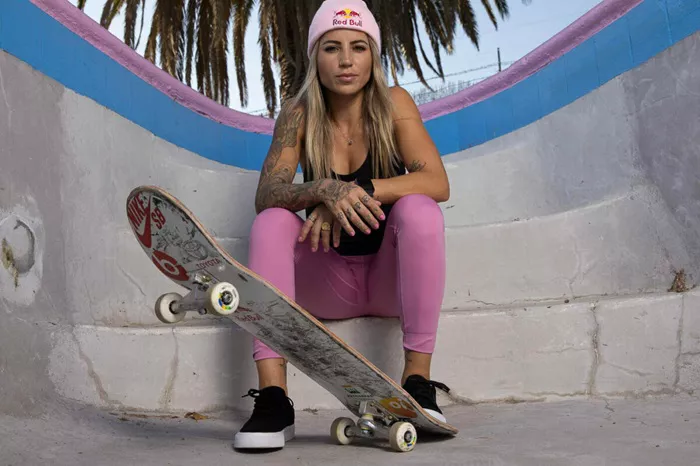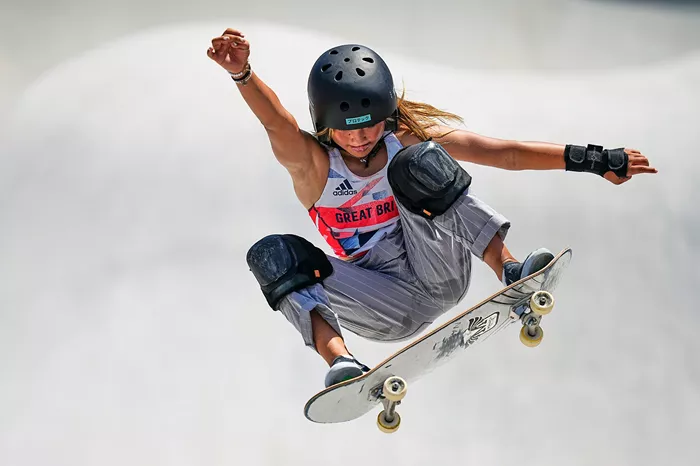Exploring the Thrill: Why Skateboarding is for Everyone
Skateboarding has long been perceived as a male-dominated sport, often characterized by its association with rebellious youth and counterculture. However, this perception is rapidly changing. Today, skateboarding is a diverse and inclusive activity that transcends gender boundaries, inviting everyone to participate in its exhilarating world. This article delves into the historical context, current trends, and the evolving landscape of skateboarding, emphasizing why it is a sport for both boys and girls.
The History of Skateboarding: A Brief Overview
Skateboarding originated in the 1950s in California, where surfers sought to replicate the sensation of riding waves on land. The early skateboards were rudimentary, often homemade, and the sport quickly gained popularity among young males. As skateboarding evolved, it became closely linked with the punk rock movement of the 1970s and 1980s, further solidifying its image as a male-dominated activity.
Breaking the Mold: The Rise of Female Skateboarders
In recent years, there has been a significant increase in the number of female skateboarders. This shift can be attributed to several factors:
1. Increased Visibility of Female Skaters
Thanks to social media platforms like Instagram and YouTube, female skateboarders now have a platform to showcase their skills and gain recognition. Influential skaters like Leticia Bufoni, Lizzie Armanto, and Sky Brown have become household names, inspiring a new generation of girls to pick up skateboards.
2. Supportive Communities and Events
Skateboarding communities and events have become more inclusive, offering spaces where girls can learn and grow. Organizations like Skate Like a Girl and Girls Skate Network provide resources, mentorship, and opportunities for female skaters to connect and support one another.
3. Changing Cultural Perceptions
The perception of skateboarding is changing. What was once seen as a male-only activity is now recognized as a sport and art form open to all genders. This shift is partly due to the increasing acceptance of diverse gender identities in broader society.
The Benefits of Skateboarding for Girls
Skateboarding offers numerous benefits that make it an attractive activity for girls:
1. Physical Fitness
Skateboarding is a full-body workout that improves balance, coordination, and cardiovascular health. It also builds muscle strength and endurance, providing a fun and engaging way to stay active.
2. Mental Health
Skateboarding encourages perseverance and resilience. Learning new tricks and overcoming challenges can boost self-esteem and confidence. Additionally, the sense of accomplishment from mastering a difficult maneuver can have a positive impact on mental well-being.
3. Creativity and Expression
Skateboarding is not just a sport; it’s an art form. It allows for creative expression through the development of unique tricks and styles. Girls who skateboard can explore their individuality and creativity in a supportive environment.
4. Community and Belonging
Skateboarding fosters a sense of community. Whether through local skate parks or online groups, skaters connect with others who share their passion. This sense of belonging can be particularly empowering for girls, offering them a supportive network.
Challenges Faced by Female Skateboarders
Despite the progress, female skateboarders still face challenges:
1. Gender Stereotypes
Persistent stereotypes about gender roles in sports can discourage girls from pursuing skateboarding. Overcoming these stereotypes requires continuous effort from both individuals and the community.
2. Lack of Representation
While there has been an increase in the visibility of female skaters, representation in mainstream media and sponsorships is still lacking. Greater visibility and support are needed to normalize female participation in skateboarding.
3. Limited Access to Resources
Access to skateboarding resources, such as skate parks, equipment, and training, can be limited for girls, particularly in underserved communities. Efforts to provide more inclusive and accessible opportunities are essential.
Prominent Female Skateboarders Making Waves
1. Leticia Bufoni

Leticia Bufoni
A trailblazer in the skateboarding world, Leticia Bufoni has won multiple X Games medals and has been a dominant force in the sport. Her success and visibility have paved the way for many aspiring female skaters.
2. Lizzie Armanto
Known for her distinctive style and technical skills, Lizzie Armanto has competed in numerous international competitions and has been a role model for young girls in skateboarding.
3. Sky Brown
As one of the youngest professional skateboarders, Sky Brown has captured the hearts of many with her incredible talent and fearless attitude. Her achievements at such a young age have inspired countless girls to start skateboarding.
The Future of Skateboarding: Inclusivity and Growth
The future of skateboarding looks bright, with inclusivity and diversity at the forefront of its growth. Here are some key trends and developments:
1. Grassroots Movements and Initiatives
Grassroots movements and initiatives are crucial in promoting skateboarding among girls. Programs that provide free or low-cost skateboarding lessons, equipment, and safe spaces for practice are making a significant impact.
2. Increased Media Coverage and Sponsorship
As media coverage and sponsorship of female skateboarders increase, so does the visibility and acceptance of girls in the sport. Brands and organizations that support female skaters play a pivotal role in breaking down barriers.
3. Integration into Mainstream Sports
The inclusion of skateboarding in the Olympics has brought the sport into the mainstream, showcasing the talent and diversity of skateboarders on a global stage. This recognition helps to further validate skateboarding as a legitimate and inclusive sport.
How to Get Started with Skateboarding
For girls interested in skateboarding, getting started can be both exciting and daunting. Here are some tips:
1. Find a Supportive Community
Joining a local skateboarding group or community can provide valuable support and encouragement. Look for organizations or events that focus on inclusivity and beginner-friendly environments.
2. Invest in Quality Gear
Having the right equipment is essential for safety and performance. Invest in a good quality skateboard, protective gear (helmet, knee pads, elbow pads), and comfortable skate shoes.
3. Take Lessons or Seek Mentorship
Learning from experienced skaters can accelerate progress and build confidence. Consider taking lessons or seeking mentorship from more experienced skateboarders.
4. Practice Regularly
Consistency is key to improving in skateboarding. Set aside regular practice times and focus on building skills gradually.
5. Embrace the Journey
Skateboarding is a journey of continuous learning and growth. Embrace the process, celebrate small victories, and don’t be discouraged by setbacks.
Conclusion: Skateboarding is for Everyone
In conclusion, skateboarding is a dynamic and inclusive sport that transcends gender boundaries. The increasing participation of girls in skateboarding is a testament to the sport’s evolving nature and the breaking down of gender stereotypes. With the right support, resources, and mindset, skateboarding can be a rewarding and empowering experience for everyone, regardless of gender.
As we look to the future, it is essential to continue promoting inclusivity and diversity in skateboarding. By supporting female skaters, challenging stereotypes, and providing accessible opportunities, we can ensure that skateboarding remains a vibrant and welcoming activity for all. Whether you are a boy or a girl, the thrill of skateboarding awaits you.
Related topics:

